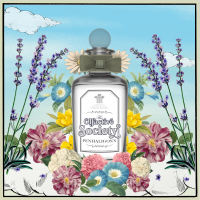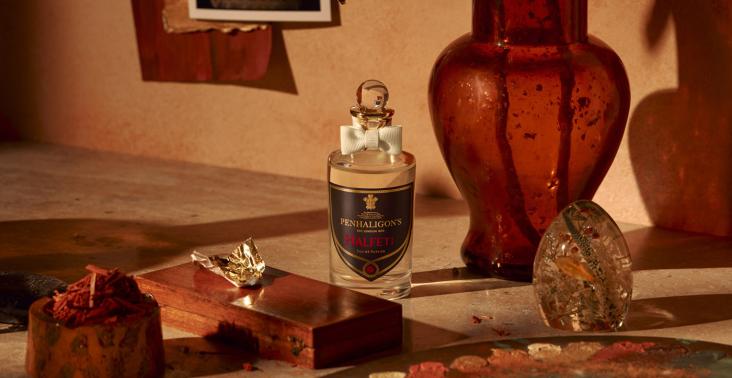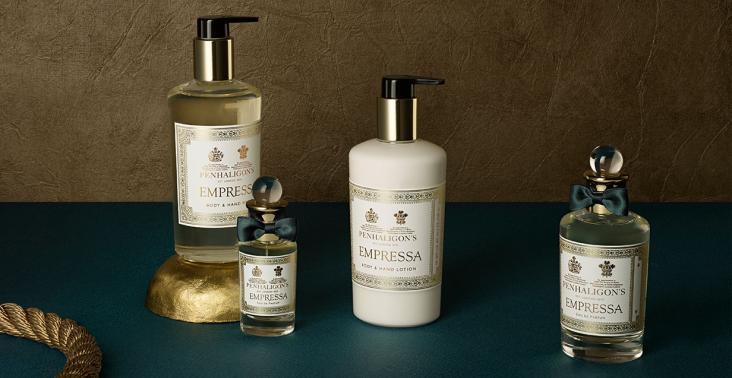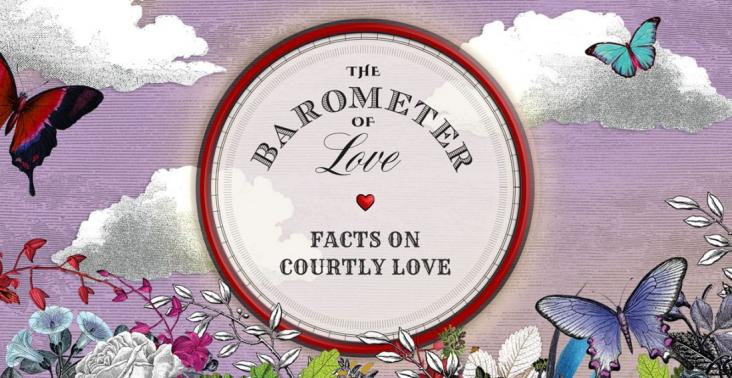A JOURNEY FOR ADVENTUROUS NOSES: HALFETI
As Penhaligon’s explores the Incense Route, we find ourselves in Halfeti. It’s time to uncover vibrant market bazaars, untamed woodland, and the fabled black rose.

Our iconic fragrance has had quite the journey. From the riverbanks of the Euphrates to the fine establishments of our London perfumeries, Halfeti has pleasured the nostril of many a patron of Penhaligon’s. But what stories lie behind this scented, green-bowed bottle? Why, all manner of fragrant inspiration to transport the wearer – or the sniffer, of course – to a world of romance and adventure.

The Market Bazaars
The story starts amid the Turkish bazaars, a place of vibrant colours and frenetic energy. Spice merchants call to passers-by, silk-sellers display their shimmering goods for all to see, and disorientated patrons gaze hungrily at all the stalls they pass by. An intoxicating cacophony of scents waft from the stalls, an amalgamation of herbs, spices, fruits, as overpowering as the sights and sounds of the place itself. These precious spices found their way into Halfeti, with captivating notes of saffron, vanilla, and nutmeg which add a warmth and a depth to the fragrance. But we get ahead of ourselves. Perhaps, let’s leave the crowds and the colours behind in favour of a romantic walk.

The Romantic Riverbank
If one has heard of Halfeti, one may have also heard of the fabled black rose rumoured to grow along the riverbank. A singular occurrence, a fragrant phenomenon, the black rose is among the rarest and most aromatic of this floral family – and the inspiration behind this iconic scent. These roses only bloom for six to eight weeks a year at the end of spring, bringing delight to locals and travellers alike. And, if one can’t make to Halfeti to see for themselves, there’s always Penhaligon’s concoction to enjoy instead.

Treasures From The Wood
With the Euphrates rising and submerging parts of beloved Halfeti, we leave the riverbank behind. Beyond this fruitful town, one can discover swathes of untouched forest, fertile and unspoiled. For in this woodland, some of the costliest ingredients in perfumery can be found: the fragrant gift of oud, extracted from tree resin and transformed into a sensual, earthy scent. With origins in Southeast Asia, Oud travelled the Incense and Spice Routes for centuries, and is now used as a base note in many fragrances, including the intoxicating Halfeti.



























